Bottom watering houseplants is something that I’ve been experimenting with lately and my plants are loving it.
It’s easy to get started with bottom watering and you don’t need any special equipment.
In this article I’ll show you how to water your indoor plants from the bottom and share some tips to avoid overwatering your plants and keep them healthy.
This post contains affiliate links. Please read the disclosure for more info.
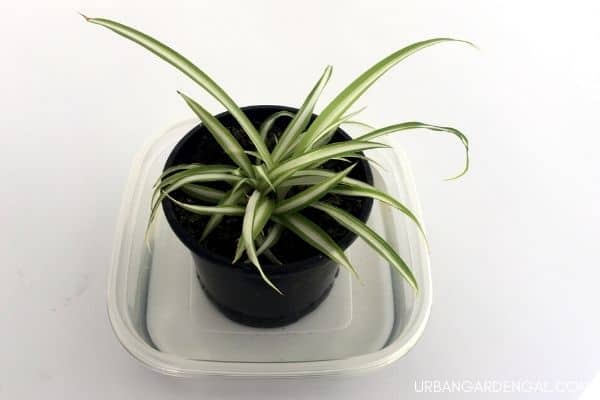
What is bottom watering?
Bottom watering, also known as reverse watering, involves placing your plants in a shallow container filled with water and allowing the plant to absorb as much water as they need.
Any plants that have drainage holes in the bottom of the pots can be bottom watered.
Advantages of bottom watering indoor plants
Bottom watering allows the water to soak right through the soil, even if the plant is root bound.
The roots of the plant will get stronger because they’re growing down towards the moisture.
The top layer of soil stays drier which reduces the likelihood of annoying houseplant pests like fungus gnats and spider mites that breed in moist soil. [1]
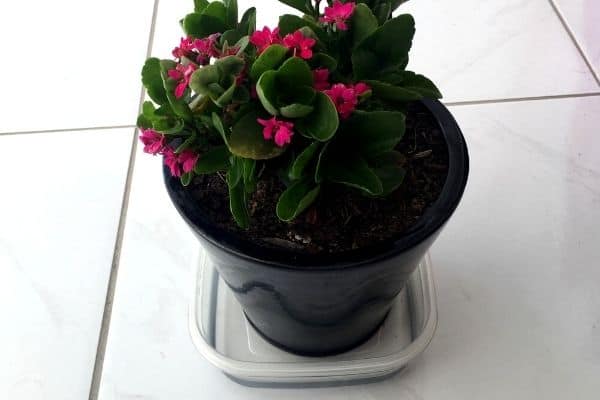
How to bottom water indoor plants
First, check the soil with your finger to see if the soil has dried out. You can also use a moisture meter for this.
Fill a bucket, bath, sink or a container with at least an inch (2.5 cm) of room temperature water.
Ideally it’s best to use rain water or filtered water that doesn’t contain chlorine, fluoride or other chemicals.
Leave the plants to sit in the water for 10 to 20 minutes to absorb as much water as they need.
When the soil is moist it’s time to remove your plants from the water.
Allow the plants to drain before returning them to their usual spot.
Which plants can be watered from the bottom?
All indoor plants including tropical plants, ferns and even succulents can be bottom watered.
Always check that the soil has dried out first as described above.
Bottom watering is best for small to medium sized plants that can be easily moved around.
I’ve found plastic pots to be best for this technique because terracotta pots absorb a lot of water so they need to spend longer in the water bath.
Plants in large pots can become very heavy when the soil is saturated with water so it’s easier (and better for your back) to water them from the top.
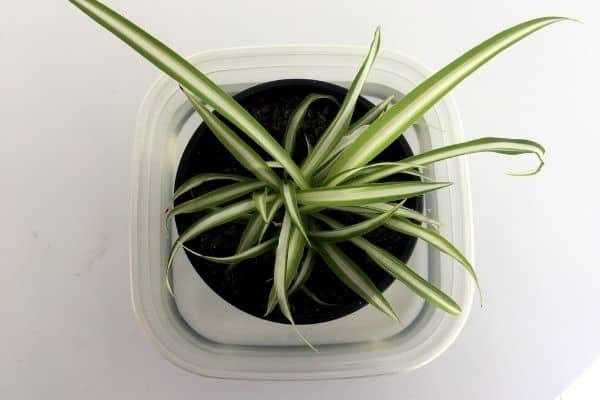
How often to bottom water houseplants
Some indoor plants will need to be bottom watered every few days, especially during summer or if they’re located in front of a sunny window.
Other plants like succulents will only need to be bottom watered every week or two.
Once you get into a routine you’ll know when your plants are ready for a drink.
Bottom watering doesn’t wash away salt and other minerals that build up on the top of the soil so I’d recommend watering your plants from the top at least once a month to flush out the excess minerals.
Adding fertilizer
It’s a good idea to add some liquid plant food to the water every few weeks during spring and summer when the plants are actively growing.
The plants will readily soak up all of the nutrients and reward you with new healthy foliage and flowers.
So there are my tips for bottom watering indoor plants.
This is a handy technique that will keep your houseplants healthy and thriving.
RELATED ARTICLES
- How To Mist Houseplants
- How To Water Spider Plants
- Self Watering Pots – Pros & Cons
- How to Water Umbrella Plants
- How to Water Cyclamen Plants
Have you tried watering your plants from the bottom? Let me know in the comments below.
Are you on Pinterest? I have boards dedicated to Indoor Plants and Houseplant Care that you may enjoy. You can also find me on Facebook.

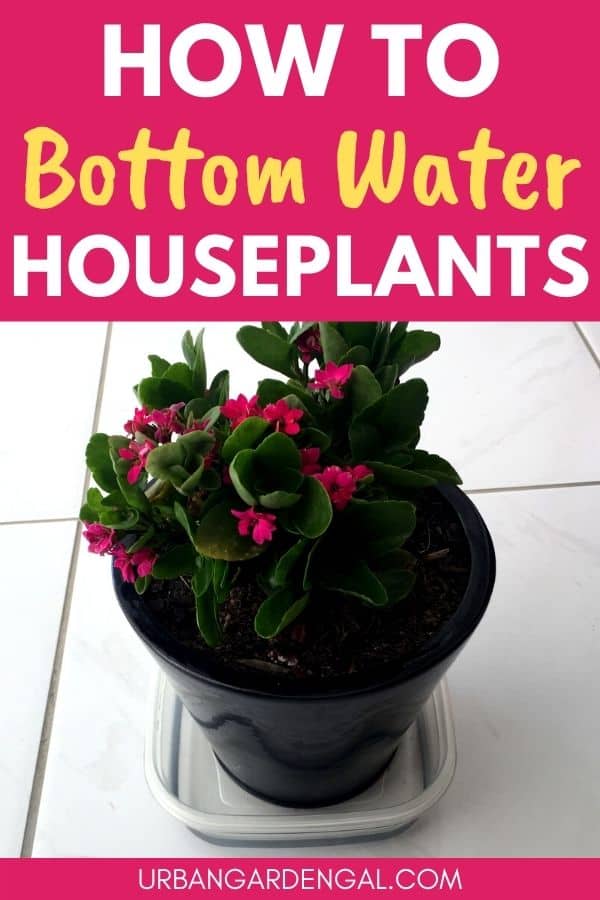
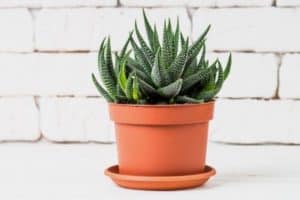
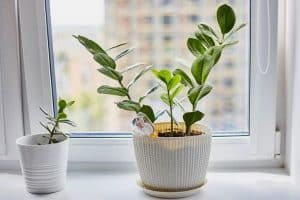
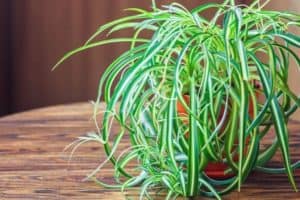
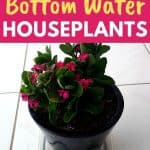
This article was very informative. I am going to try this technique when next I am watering my plants.